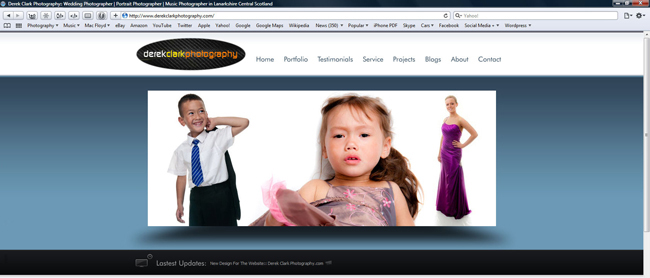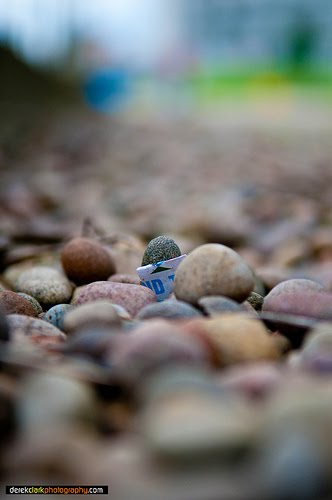 Getting the white balance right in your camera at the time of the shoot is a huge part of a quicker workflow. Auto white balance does a pretty good job, but doesn't get it right all the time. If you shoot weddings it's hard to get your white balance consistent throughout the day, due to the different locations and light sources and it's easy to forget to switch between white balance settings when you move from inside to outside and vice versa. But if you are at a single location that has a fixed type of light, it will save so much time in post production that it's crazy not to take the 20 or 30 seconds to sort it at the time of the shoot.
Getting the white balance right in your camera at the time of the shoot is a huge part of a quicker workflow. Auto white balance does a pretty good job, but doesn't get it right all the time. If you shoot weddings it's hard to get your white balance consistent throughout the day, due to the different locations and light sources and it's easy to forget to switch between white balance settings when you move from inside to outside and vice versa. But if you are at a single location that has a fixed type of light, it will save so much time in post production that it's crazy not to take the 20 or 30 seconds to sort it at the time of the shoot.
There are two ways I would suggest. The first would be to buy an ExpoDisc, which is a white filter that you either screw or hold in front of your lens. You then use your camera custom white balance feature to take a shot and make the right WB settings. ExpoDiscs are quite expensive though and would set you back £79 at Warehouse Express or $99 at B&H Photo. I would recommend getting a larger size (77mm) and holding it over the front of your lens.
The second way ( and the one I use for portrait sessions) is to use a white balance card like the Lastolite Xpobalance (see photo). The Xpobalance pops out in a flash and folds with a quick twist and can be clipped to your camera bag or belt loop. You simply get your subject to hold the card in the first shot, and as long as your light source is constant and your camera is locked to a setting other than auto WB, you're set. You then use the WB eyedropper In Lightroom (or Aperture, Photoshop...) to click on the 18% grey part of the card to set the correct WB. Then you need to sync the rest of the photos. I'll explain how to do it in Lightroom as that's what I use.
After you click the eyedropper tool on the grey part of the card and you will probably see the photo WB changing. press Ctrl + A (PC) or Comand + A (MAC) to select all the photos and click on Sync (to the right and above the thumbnail display). Choose Uncheck All and then tick the WB box and confirm the sync. All photos selected will have the WB copied from the original photo that was highlighted. This saves a huge amount of time in post production, and anything that speeds up your workflow has to be a good thing.


 I've been using the
I've been using the 








